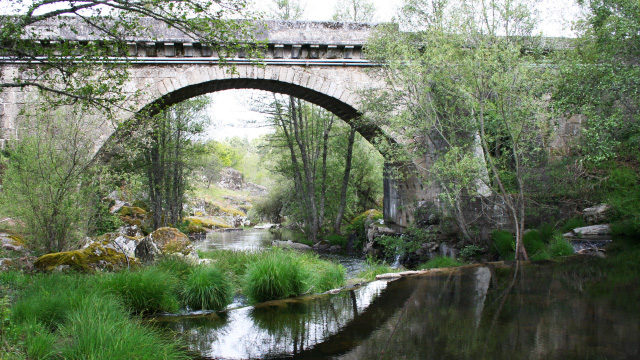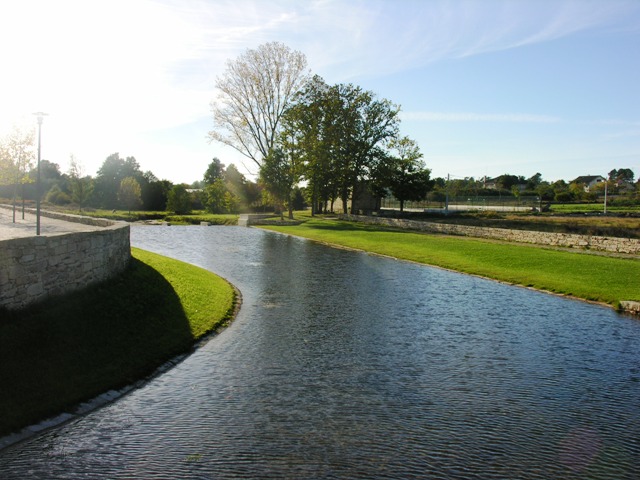Central to the serrana region of Alto Paiva, described by Aquilino Ribeiro as the "lands of the demo", Vila Nova de Paiva is located between the municipalities of Moimenta da Beira, Viseu, Sátão, Castro Daire and Tarouca.
The aphorism sums up that in this municipality of granite landscapes, dotted by shale houses, live "nine months of winter and three months of Hell", emphasizing the climacteric rigor characteristic of this region.
The rich hydrographic network that surrounds Vila Nova de Paiva is absorbed by Paiva – reputed as the least polluted river in Europe. Because it is of such importance, the river plays a diversified role in the local economy and society of this primordial times. Today, people use the river mainly for fishing, agriculture - with a special emphasis on irrigated culture, and tourism, through the exploitation of seaside resorts. Also the local fauna benefits and takes advantage of the resources of the river to settle here: otters and common cold water fish, as well as a diverse flora make tourism on the edge of these courses have special meaning.Grazing sheep and goatcattle and poultry production prevails. The beekeeping is known for the quality of the honey of the region.From the old mines, sand and feldspar are removed for construction.
In gastronomy , game meat and river fish predominate. Rabbit stew with carqueja, trout with escabeche sauce, stew kid, smoked from Pendilhe, porridge, egg bread and pumpkin broth with milk are some of the delicacies you can taste in Vila Nova de Paiva.
The archaeological heritage dates back to prehistoric times. You can visit the vast traces of this and other times throughout the county. The testimonies indicate that already in the past the populations sought this place because it was rich in resources and road networks. Its main source of food was, already at the time, cereals and legumes, as well as the cattle they raised.
Three research projects will be under development to study periods still little known throughout Beira Alta, namely the Final Bronze Age, Iron Age and Romanization, Late Antiquity and High Middle Ages.
More than three hundred archaeological sites are referenced in Alto Paiva, in a chronology that begins at about 5000 a. C., witnessed by various habitats, funeral and worship sites.
Source: Vila Nova de Paiva Town Hall